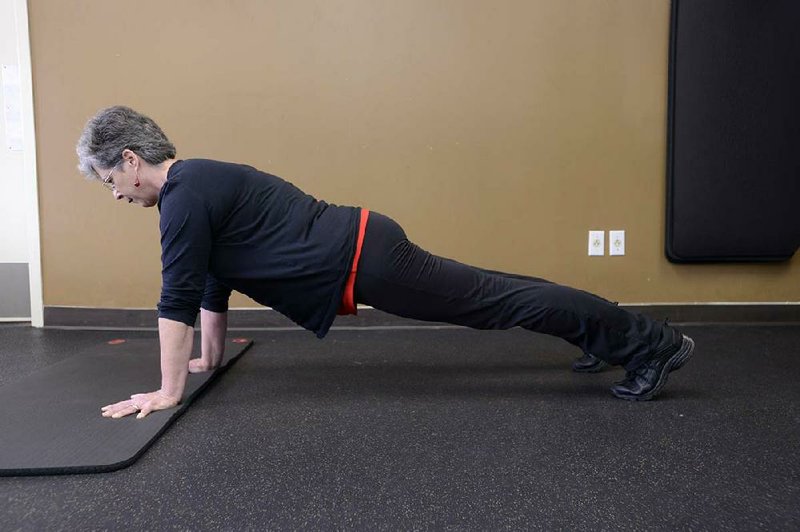LITTLE ROCK — Heart rate is a key component of any exercise regimen, particularly if cardiovascular improvement is a primary goal. Fitness enthusiasts who monitor their heart rates have a tool for measuring their workout intensity.
This week, I’ll discuss some of the benefits of training with a heart rate monitor, and I will present an exercise that exemplifies the use of this protocol.
As possibly the most accurate measurement of intensity available, heart rate monitoring provides important feedback concerning your workout performance. Heart rate essentially tells you how hard your heart is working to pump the required amount of oxygen throughout the bloodstream.
The more demands you place on the body, the faster the heart has to pump to circulate enough oxygen to meet those demands.
As you improve your cardiovascular conditioning, your heart rate will adapt so it doesn’t have to beat quite as rapidly at the same relative intensities. For example, my heart rate is usually around 95 beats per minute when I’m walking at 3.5 mph. If I performed three months of intense cardiovascular training, my heart rate would likely lessen by a few beats per minute at the same walking speed.
The reason for the drop is simple - the heart is pumping more blood with each beat and therefore,more oxygen. My heart is essentially in better “shape,” so the volume of blood it is able to pump with each beat has increased. This requires fewer beats per minute to distribute the necessary oxygen to the muscles.
The real key is to use heart rate to evaluate your intensity during training. Establish a target zone by subtracting your age from 220 and then multiplying this value by 0.7 and 0.9. This will give you a broad range from which you can “ target” your heart rate during training.
If your working heart rate is within this zone, you can be assured that you’re receiving adequate cardiovascular benefit.
This week’s exercise is a move that’s designed to raise your heart rate in between strength exercises. The Half Burpee will make your strength workout slightly more cardiovascular and thus help you burn more calories during the session.
Get into the “up” phase of a push-up with your arms outstretched and your legs extended fully.
From here, “jump” both feet forward while contracting your abdominals and keeping your hands on the floor.
Now “jump” your feet back to the starting position.
Continue for 12 repetitions while concentrating on contracting the lower abs each time you perform one.
Be sure you breathe properly as you’ll notice some head rush because of the body’s position.
This exercise should really get the heart pumping, so it’s best to use this movement as a station within an interval workout. The idea is to bracket this exercise with strength movements that will be less “cardiovascular,” such as a biceps curl or overhead press.
I think you’ll like the way the Half Burpee adds an element of fun.
Matt Parrott has a doctorate in education (sport studies) and a master’s in kinesiology and is certified by the American College of Sports Medicine.
ActiveStyle, Pages 30 on 02/04/2013


